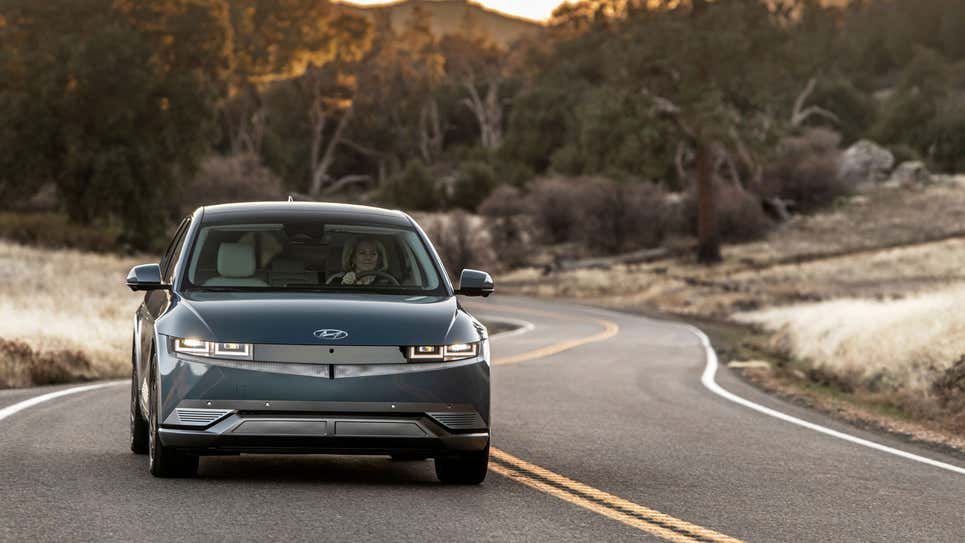Hyundai has decided to make its EVs vibrate.
According to a patent filed in the US Patent and Trademark Office (USPTO), Korean manufacturers Kia and Hyundai could soon make their electric vehicles vibrate to simulate the sensations one feels when behind the wheel of an internal combustion engine car.
This virtual vibration would change according to the speed of the vehicle.

In many EVs, an artificial engine note is piped through internal speakers. Or, in Porsche’s case, an electronic whooshing noise can be heard inside the cabin. According to the speech, note changes pitch or sometimes changes volume. This makes the EVs more realistic.
According to the filing, Hyundai would monitor the driver’s throttle application as they drive. Then, using a “virtual combustion engine model,” systems in the EV would develop a virtual vibration that can be felt in the cabin.
There will also be the sensations of a multi-stage transmission which is another technology missing from electric cars.
They add that some road users may even become “bored” if they can’t feel the pulsing heart of their car as they drive around town.
In the filing with the USPTO, Hyundai and Kia said: “An electric vehicle with a characteristic that aims for high performance is desired to offer harsh and trembling effects, not just soft feeling.”
But is the lack of sensation behind the wheel of an electric car wholly down to engine note? Or there are more things that need to be considered before applying this technology in the EV industry.


